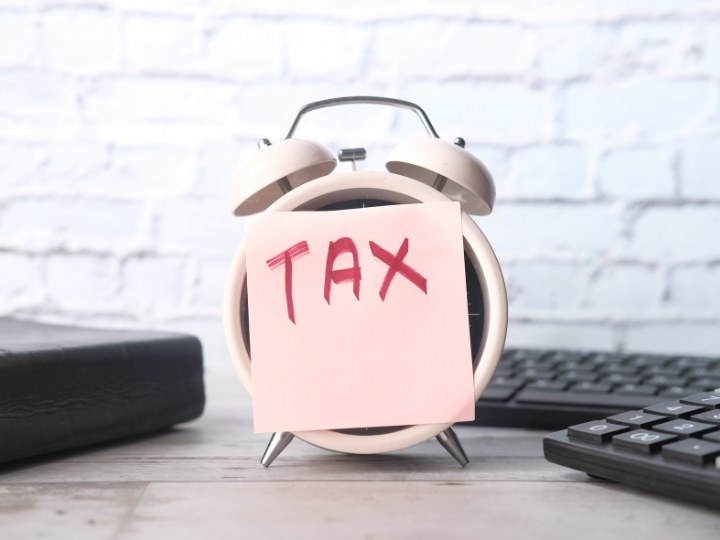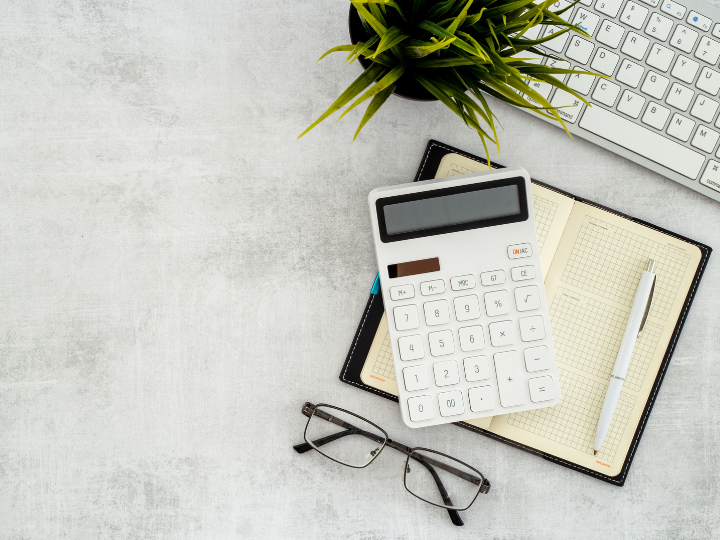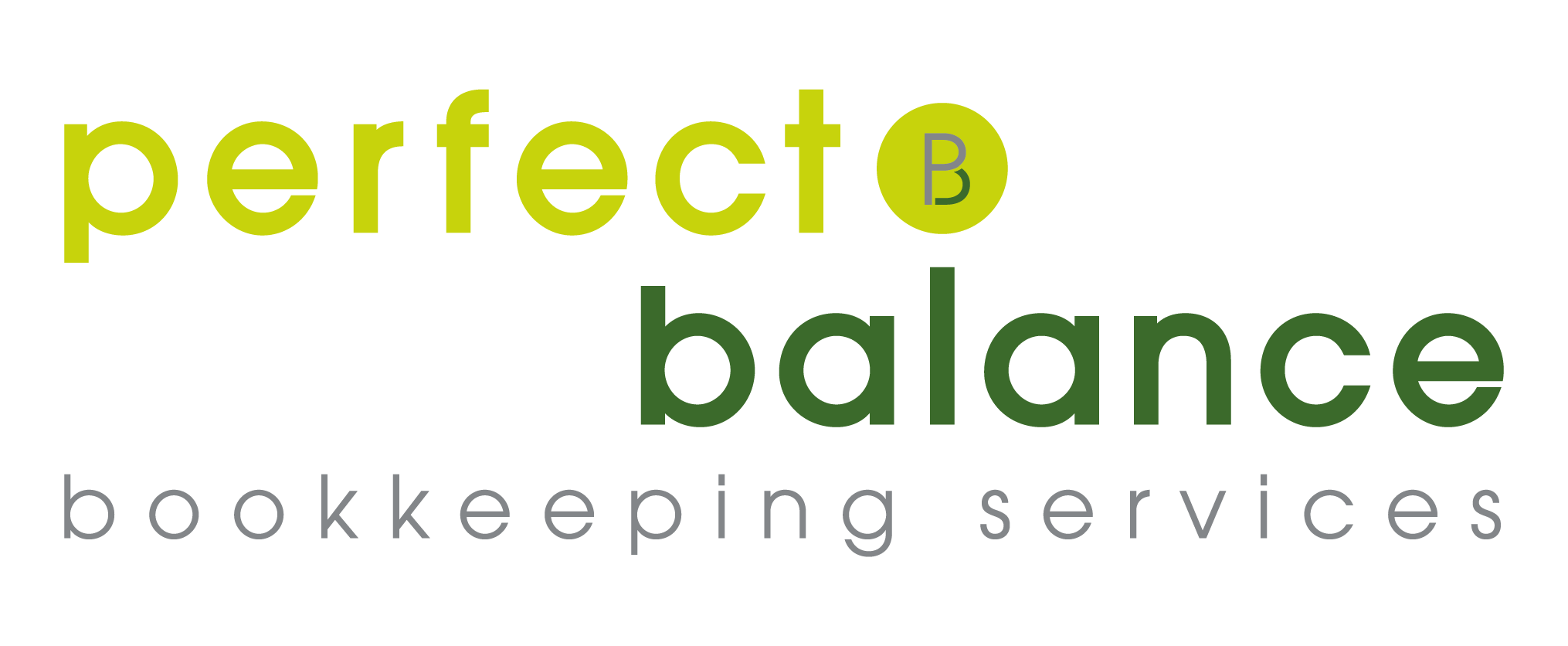The government has confirmed in the Spring Budget 2025 that Making Tax Digital for Income Tax Self Assessment (MTD for ITSA) is going ahead.
No more speculation, it’s happening!
Here’s the big news:
From July 2029 at the latest, sole traders and landlords earning over £20,000 annually from business or property income will need to comply with MTD for ITSA. The first impact will be to those with an annual income of £50,000 or more, this will take effect from April 2026.
Let’s break it down and look at what it means for you, and how to stay ahead of the game.

What is MTD for ITSA?
MTD for ITSA will replace the annual tax returns with a more frequent, digital system requiring businesses and individuals to:
- Keep digital records of income and expenses.
- Submit quarterly updates via MTD-compatible software.
- File an End of Period Statement (EOPS) and a final declaration annually.
The goal? To make tax administration more efficient, reduce errors, and ensure accurate reporting.

Key Deadlines
- April 2026: MTD for ITSA becomes mandatory for individuals and businesses with an annual income of £50,000 or more.
- April 2027: Threshold drops to £30,000, extending the requirement to more taxpayers.
- July 2029 the latest: Sole traders and landlords earning over £20,000 annually will also need to comply by this date, with further timing details to come.
If your earnings fall below these thresholds, MTD for ITSA remains voluntary, but staying informed and prepared is still beneficial.
Who does it affect?
You’ll need to comply with MTD for ITSA if:
- You’re self-employed.
- You’re a landlord earning rental income.
- You’re in a partnership (excluding LLPs).
Important: Employment and pension income are excluded from the thresholds unless combined with qualifying self-employed or rental income.

Steps to Get Ahead
- Check your eligibility
Check whether your income exceeds the threshold. If you’re close, it’s wise to start planning ahead.
- Adopt digital record-keeping
Invest in MTD-compatible software to keep track of your income and expenses. At Perfect Balance, we recommend Xero for its user-friendly interface and robust features.
New to Xero? We offer a range of Xero training courses to help you get started and make the most of the software.
3. Understand quarterly reporting
Learn how to submit quarterly updates. These reports are simpler than a full tax return, summarising your income and expenses every three months.
4. Organise your finances
Now is the time to:
Separate personal and business finances. Look at setting up a separate business bank account if you do not have one already.
Regularly update your records to ensure smooth quarterly submissions. Put some time aside on a weekly/monthly basis and keep on top regularly.
5. Seek professional support
Navigating through MTD for ITSA can feel overwhelming, but you don’t have to do it alone. Our team at Perfect Balance specialises in MTD compliance, offering expert guidance and ongoing support to ensure your finances are in safe hands. From selecting the right software to filing quarterly updates, we’ll make the transition smooth.
Check out our bookkeeping services and let us handle the hard work, so you can focus on growing your business.
Need Help?
Contact us today for advice on choosing the right software, understanding compliance, or navigating the transition to MTD for ITSA.
Together, we can make the switch smooth and stress-free!
